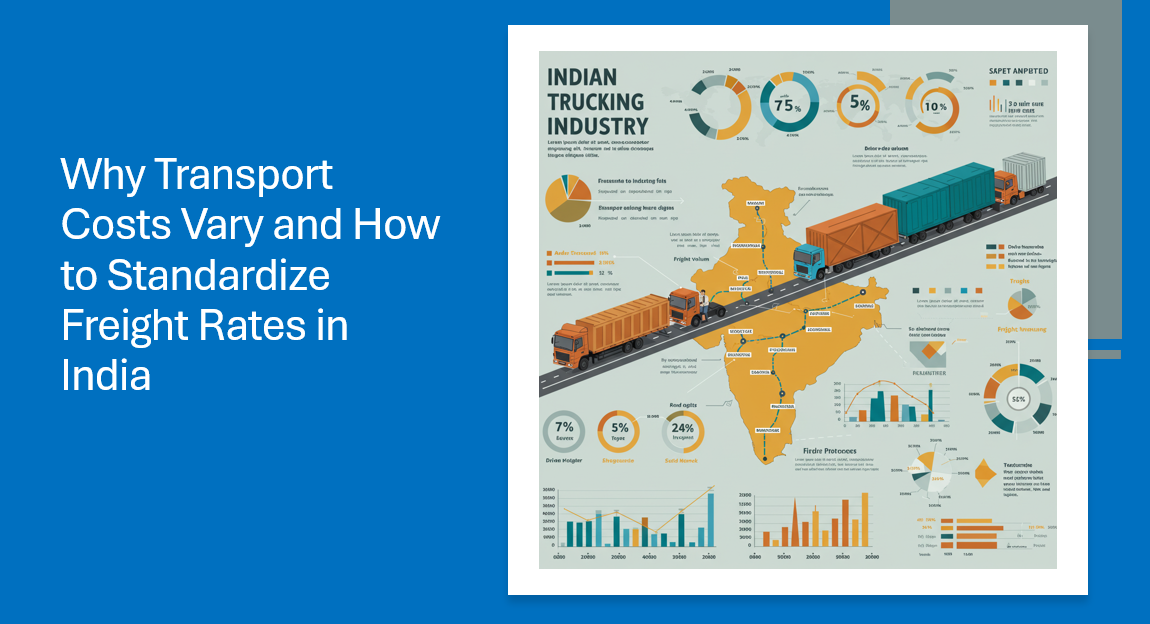When fleet vehicles embark on their journey to deliver goods, the expectation is a quick turnaround – drop off, pick up, and back on the road. However, it’s not always smooth sailing. The hidden iceberg that often sinks profit margins in the logistics sector is the inefficiency of return hauls. This aspect of the supply chain, if not navigated carefully, can significantly inflate overall logistics costs, impacting fleet owners and transport professionals alike. Let’s dive deeper into why inefficient return hauls are more than just a thorn in the side of logistics and what can be done to minimize their impact.
The Ripple Effect of Empty Miles
Imagine a truck filled to the brim with goods heading to its destination. Upon delivery, instead of picking up a new load for the return journey, it heads back empty. These are the dreaded “empty miles,” a scenario too familiar in the logistics world. The consequences? Let’s unpack them:
Financial Drain for Fleet Owners
For fleet owners, every mile costs money – fuel, maintenance, driver wages, and vehicle depreciation don’t stop tallying up just because the vehicle isn’t carrying cargo. Empty returns mean these expenses are not offset by income from freight charges, directly eating into profit margins.
Elevated Logistics Costs
It’s a simple supply and demand issue. Inefficient return hauls reduce the industry’s overall capacity to move goods. Less efficient use of available resources means higher transportation costs for everyone in the chain, from suppliers to consumers.
Increased Carbon Footprint
Beyond the financial implications, empty return trips also contribute to unnecessary CO2 emissions. With climate change concerns mounting, the logistics sector is under increasing pressure to become more sustainable. Improving the efficiency of return hauls presents a significant opportunity to reduce the industry’s environmental impact.
Strategies to Turn the Tide
All is not lost. There are strategies fleet owners and logistics professionals can employ to mitigate the impact of inefficient return hauls.
Embracing Technology
One of the most effective tools in combating empty miles is technology. Platforms that match return loads with vehicles can drastically reduce the number of trips made without cargo. These digital freight matching services not only help in finding backhaul opportunities but also in route optimization, further reducing unnecessary miles.
Collaborative Logistics
The power of collaboration cannot be underestimated. Sometimes, the solution lies in working with competitors. Sharing transportation resources among multiple companies can significantly increase load efficiency and reduce the overall number of empty return journeys.
Prioritizing Asset Utilization
Fleet owners should also focus on maximizing the utilization of their assets. This can involve diversifying the types of goods transported so that vehicles are more likely to secure return loads. Flexible vehicle specifications can also widen the range of potential backhauls, making it easier to find compatible loads.
Regulatory Support and Incentives
Governments and regulatory bodies can play a crucial role by offering incentives for logistics companies to reduce empty return trips. Whether through tax breaks, grants, or subsidies for adopting green technologies, these incentives can make a substantial difference.
Conclusion
The issue of inefficient return hauls is a complex puzzle in the logistics industry. It affects not just the financial health of fleet owners but ripples through the entire supply chain, inflating costs and environmental impact. However, through a combination of technology, collaboration, strategic planning, and regulatory support, the industry can navigate these choppy waters. The key is not just to see the return journey as the end of a trip but as an opportunity for continued efficiency and profitability. Let’s use every mile wisely.








Leave a Reply